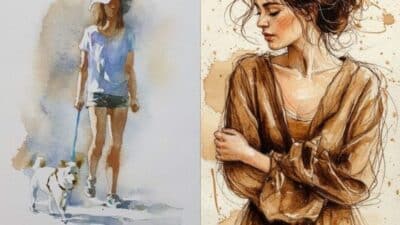Ever found yourself staring at a blank page, brush in hand, with a wonderful set of watercolors, but absolutely no idea what to paint with watercolors? You’re not alone! It’s a common creative block, but good news: watercolors are incredibly versatile and forgiving, making them perfect for exploring a vast array of subjects. Whether you’re a complete beginner just dipping your toes into the vibrant world of transparent pigments or a seasoned artist looking for fresh inspiration, there’s a universe of ideas waiting to come to life on your paper. This guide is designed to spark your imagination, offering fun and easy concepts that will have you painting in no time. Get ready to transform that blank page into a masterpiece!
Embracing Nature’s Unending Canvas
Nature offers an inexhaustible supply of inspiration for watercolor artists. The way light plays on leaves, the subtle gradations of a sunset sky, or the intricate patterns of a flower petal are all perfectly suited to the fluid and ethereal qualities of watercolor.
Lush Landscapes: Painting Worlds with Water
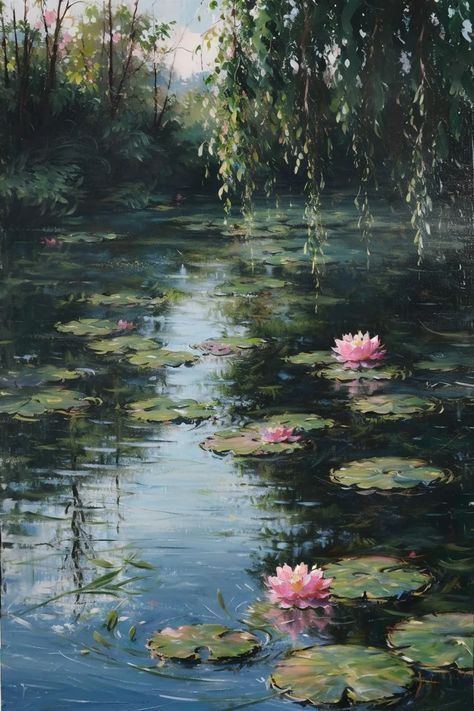
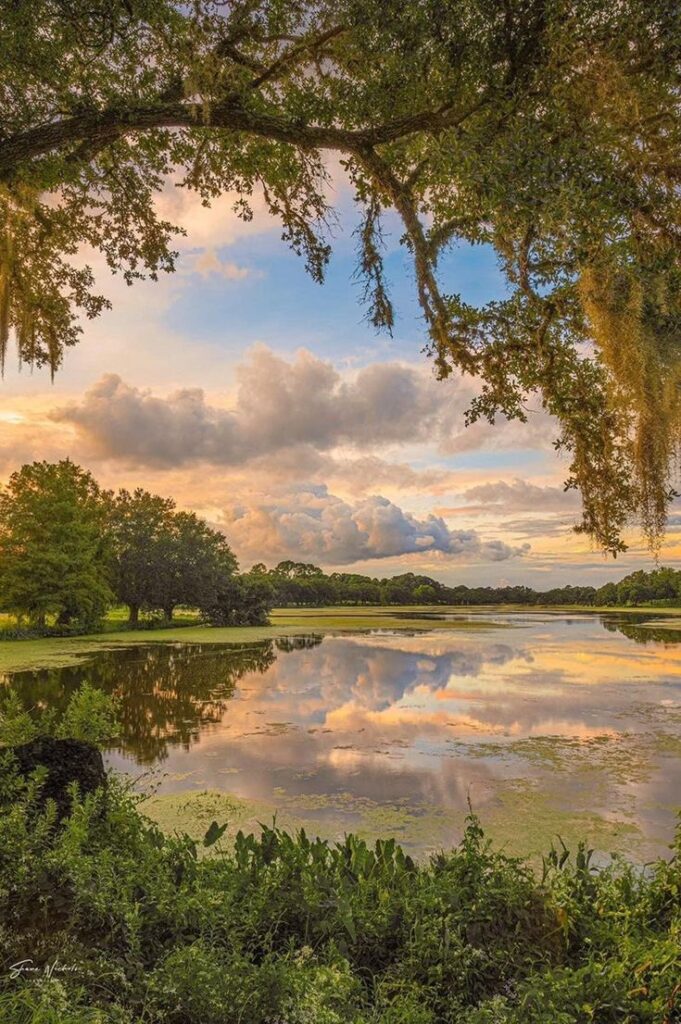

Landscapes are a fantastic starting point. The beauty of watercolors is how effortlessly they can capture the vastness and mood of a scene.
- Majestic Mountains and Rolling Hills: Think about layers. Use lighter washes for distant peaks, gradually adding depth and detail as you move to the foreground. The sky is your friend here – practice wet-on-wet techniques for soft, blended clouds and expansive blue or stormy grey washes. Don’t worry about perfect realism; focus on capturing the feeling of the place.
- Serene Seascapes and Dynamic Rivers: Water is a watercolorist’s dream! Experiment with blues, greens, and even hints of purple for ocean depths. A simple horizon line, a few gentle waves, and a reflection of the sky can create a tranquil scene. For rivers, consider the movement of water, using flowing brushstrokes. The transparency of watercolors really shines when depicting reflective surfaces.
- Enchanting Forests and Whispering Trees: Trees might seem daunting with all their leaves, but you can simplify! Use broad washes for the general shape of foliage, then add darker tones for shadows and a few crisp lines for trunks and branches. Think about the season – vibrant greens for spring, warm oranges and reds for autumn, or bare, skeletal branches against a winter sky.
A key tip for landscapes: Start with light washes and gradually build up your colors. This “light to dark” approach is fundamental in watercolor and allows for those beautiful, transparent layers that give the medium its unique glow. Don’t be afraid to let colors bleed into each other – it often creates happy accidents that enhance the natural look of a landscape.
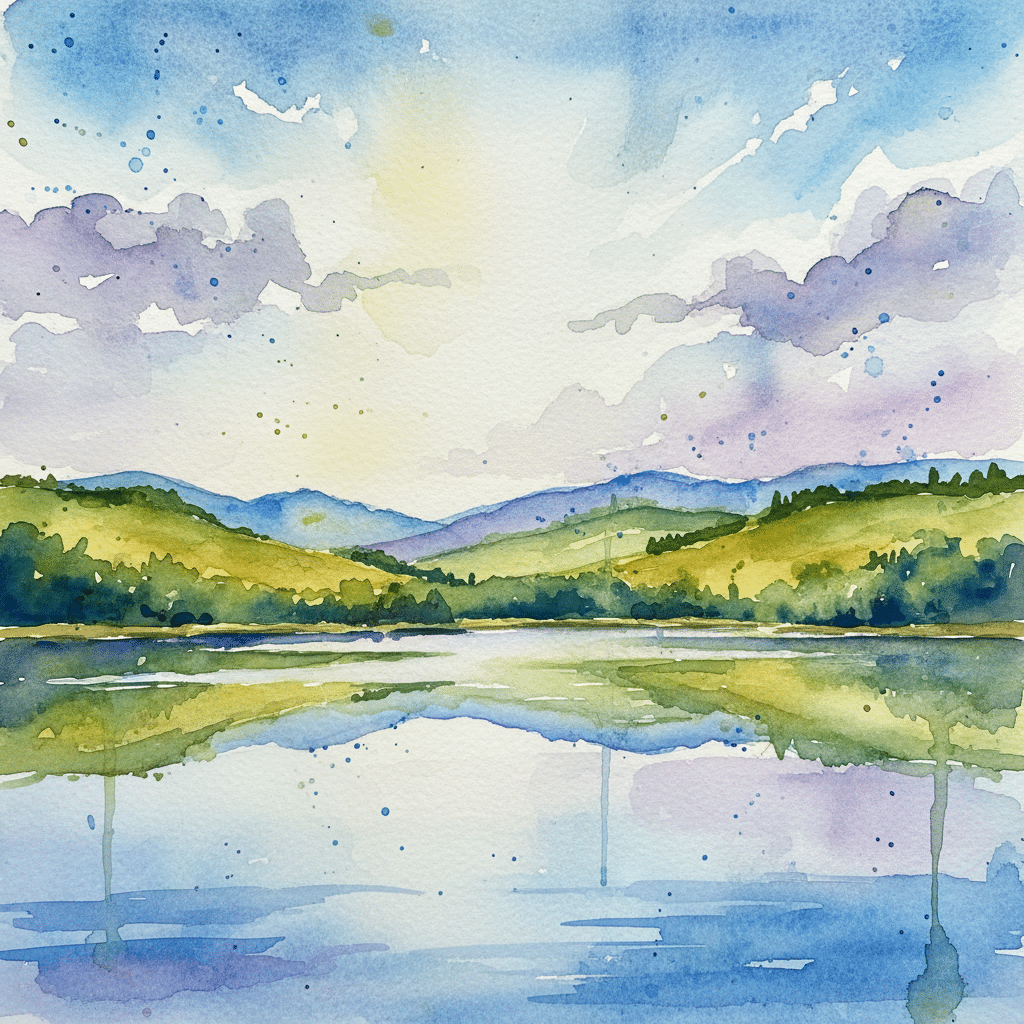
Beautiful Botanicals: From Petals to Pots
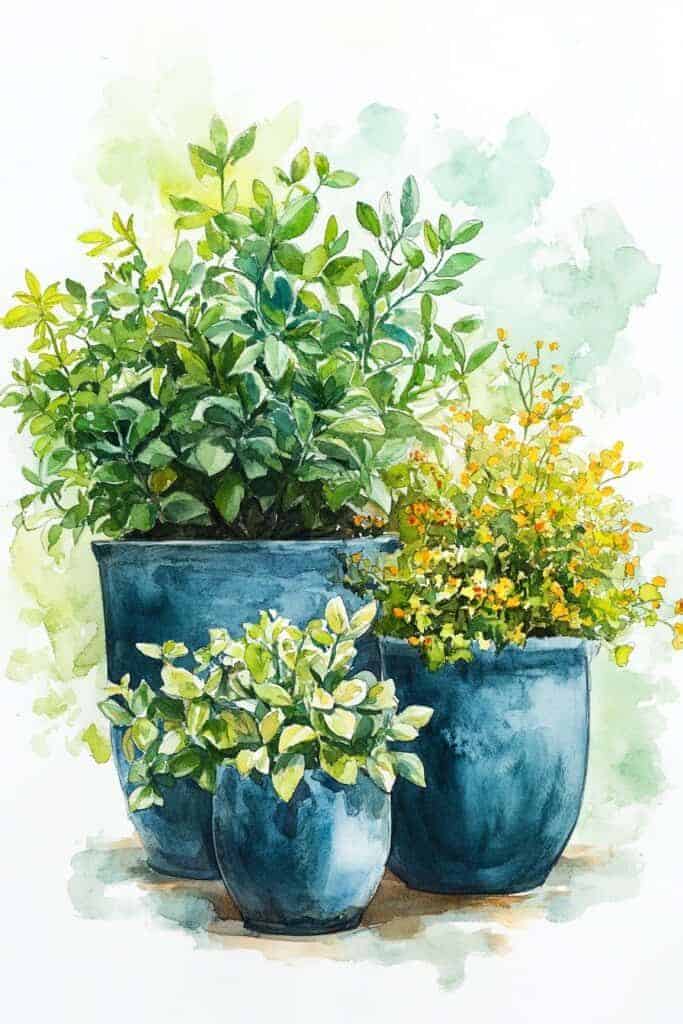
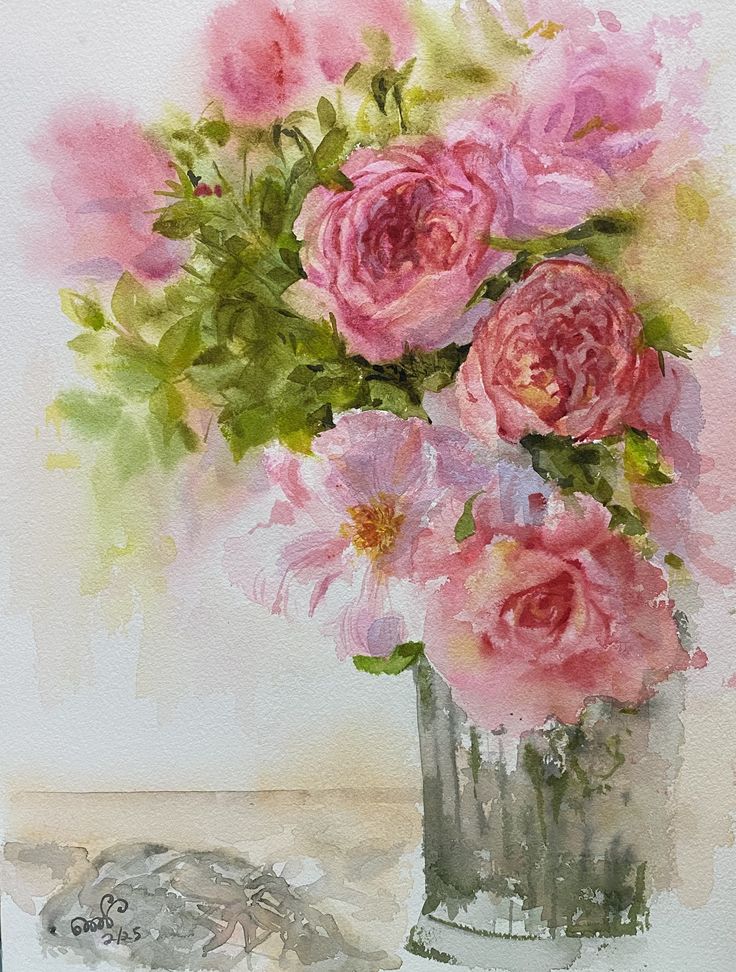
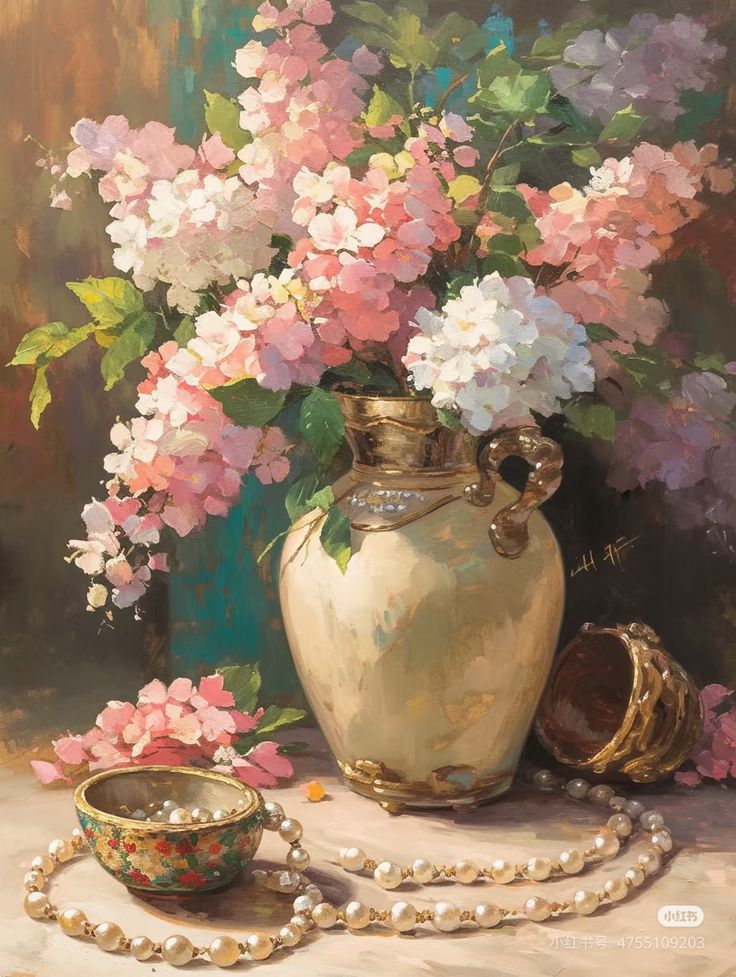
Flowers, plants, and foliage are a perennial favorite for watercolorists. Their organic shapes and vibrant colors are a joy to render.
- Delicate Flowers: Begin with simple shapes. A single rosebud, a daisy, or a sunflower can be incredibly rewarding. Focus on the main colors and the play of light. Use loose washes for petals, then add a touch of darker color for definition. You don’t need to paint every single petal perfectly; suggestiveness often works best. For a deeper dive into botanical art, exploring various watercolor floral sketches can provide endless inspiration and technique insights.
- Lush Leaves and Greenery: Even a simple leaf can be a beautiful subject. Notice the veins, the curves, and how light hits different parts. Experiment with mixing greens – a touch of yellow for spring leaves, a hint of blue for darker, older foliage. You can create stunning patterns just by painting a cluster of different leaves.
- Potted Plants and Succulents: These are excellent for practicing form and shadow. Succulents, with their distinct shapes and often subtle color variations, are particularly charming subjects. Place a potted plant near a window and observe how the light sculpts its form.
When painting botanicals, consider using a wet-on-dry technique for crisp edges on leaves or petals, and wet-on-wet for softer, blended areas that capture the natural softness of flowers.
Charming Creatures: Capturing Animal Spirit

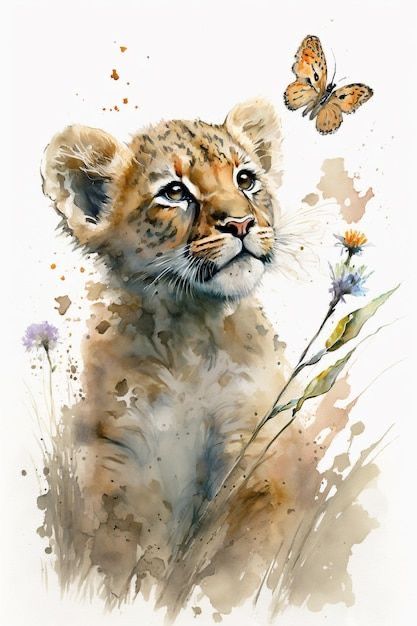

Painting animals can be incredibly fun, especially if you focus on their distinct features rather than trying to achieve photo-realistic perfection.
- Graceful Birds: Birds, with their varied plumage and elegant forms, are wonderful subjects. Start with simple silhouettes, then gradually add color and feather texture. Think about the flash of a robin’s red breast or the iridescent sheen of a hummingbird.
- Whimsical Butterflies: The symmetrical patterns on a butterfly’s wings are an exciting challenge. Use a light pencil sketch to outline the wings, then fill with vibrant, transparent colors, allowing them to blend on the paper.
- Beloved Pets (Simplified): If you have a furry friend, try capturing their essence with loose brushstrokes. Focus on their eyes, nose, and the general color of their fur. Don’t get bogged down in every single strand of hair; aim for a likeness that captures their personality.
For animals, try to convey movement and life. Even a still bird can have a sense of alertness. Use soft washes for fur or feathers, building up layers for depth and texture.
The Magic of Everyday Objects – Still Life Delights
Sometimes, the most inspiring subjects are right in front of us. Still life painting is an excellent way to practice composition, light, and shadow with objects you can arrange yourself.
Simple Household Items: Discovering Beauty in the Mundane
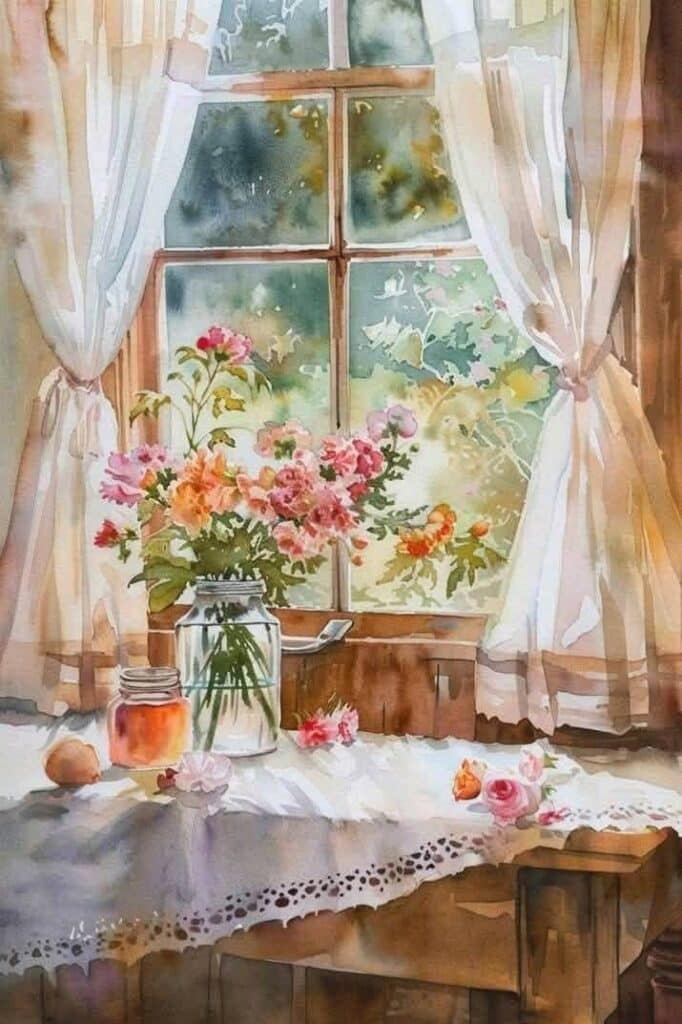

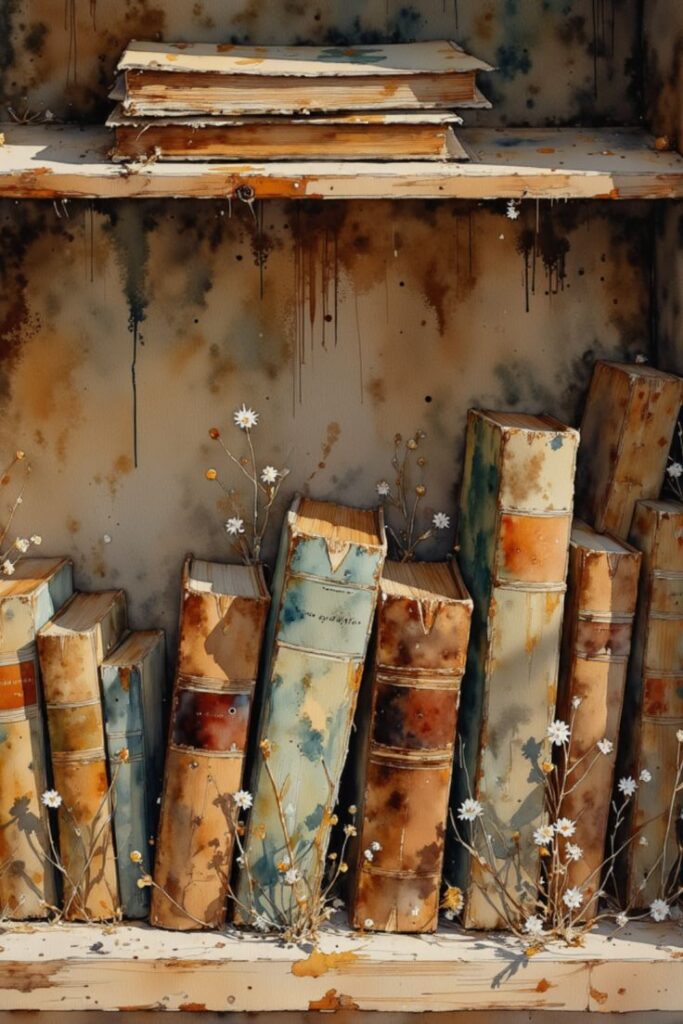
Gathering a few everyday items and arranging them thoughtfully can provide fantastic painting opportunities.
- Kitchen Corner: A ceramic mug, a half-eaten apple, and a newspaper can form a compelling scene. Focus on textures – the shine of the ceramic, the dullness of the fruit, the subtle wrinkles of paper.
- Book Stacks and Cozy Nooks: Arrange a few books, perhaps with a pair of reading glasses or a warm cup of tea. Think about the shadows cast by the objects and the folds of a blanket. This is great for practicing form and perspective in a relaxed setting.
- Glassware and Bottles: The way light reflects and refracts through glass is fascinating to capture with watercolors. Use clear washes and subtle hints of color to depict transparency and sparkle.
Still life challenges you to see ordinary objects in a new light. Pay attention to how light falls on your chosen items, creating highlights and shadows. This practice is invaluable for developing your artistic eye.
Food & Drink Delights: A Feast for the Eyes
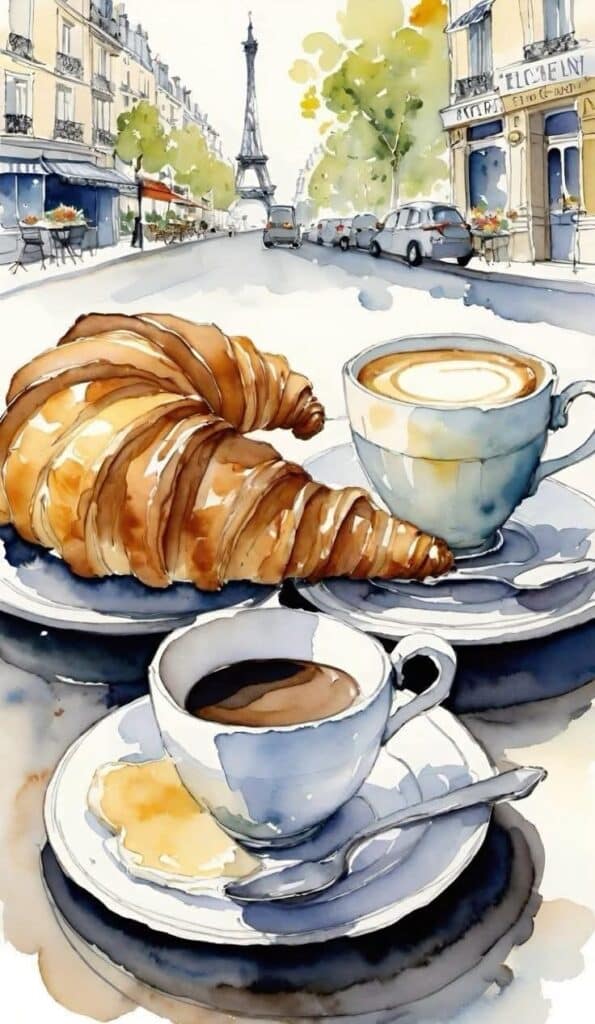
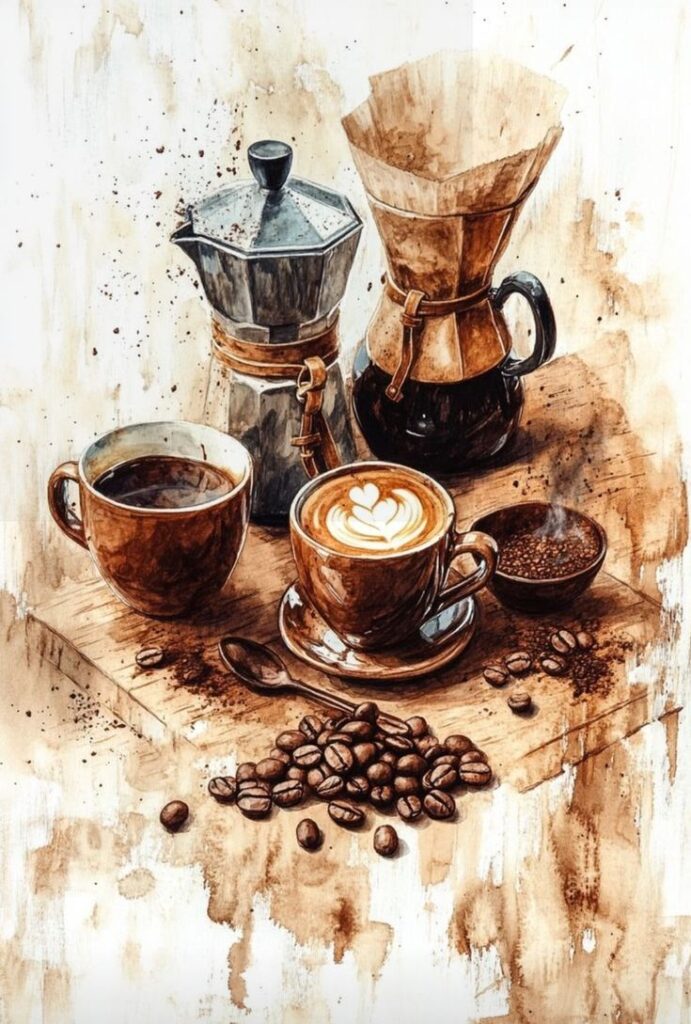
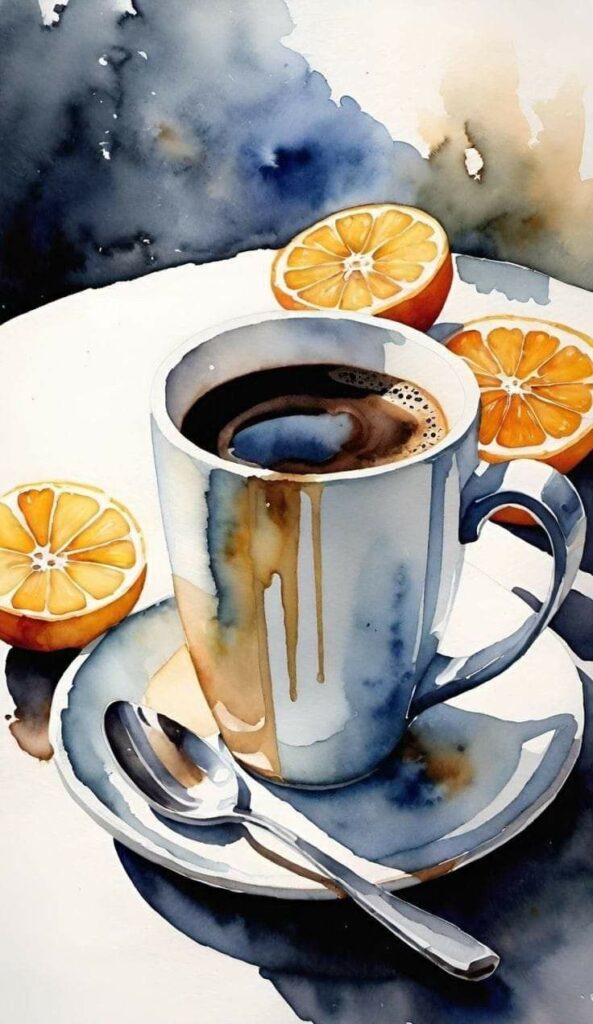
Who doesn’t love painting delicious treats? Food items are often vibrant, full of interesting textures, and universally appealing.
- Sweet Pastries and Desserts: The flaky layers of a croissant, the glossy icing on a cupcake, or the vibrant colors of a fruit tart are all fantastic subjects. Use delicate washes for softness and texture.
- Fresh Fruits and Vegetables: A bowl of berries, a cluster of grapes, or a lone bell pepper can be incredibly expressive. Focus on the roundness of the fruit, the dimples, and the variations in color.
- Warm Beverages: A steaming cup of coffee or tea, perhaps with a swirl of cream, offers a chance to capture steam (very subtle, soft washes!) and reflections.
The key with food is to make it look inviting. Use rich, transparent colors and pay attention to how light makes surfaces appear glossy or matte.
Sentimental Treasures: Painting Your Memories
Sometimes, the most meaningful subjects are those that hold personal significance.
- Cherished Keepsakes: A favorite piece of jewelry, a vintage toy, or a souvenir from a memorable trip can be transformed into a personal work of art. The emotional connection can fuel your creativity.
- Heirloom Objects: Old watches, antique bottles, or family photos (rendered as a painting) can tell a story. These objects often have unique patinas and textures that are rewarding to paint.
Painting sentimental items allows you to infuse your art with personal stories and feelings, making the creative process even more fulfilling.
Diving into Abstraction and Experimentation
One of the most liberating aspects of watercolors is their unpredictable nature. Embracing abstraction and experimental techniques can lead to stunning and unique results, often without the pressure of realism.
Exploring Colors and Textures: The Joy of Play
Don’t be afraid to just play with your paints!
- Wet-on-Wet Wonders: Load your brush with color and drop it onto a damp paper. Watch as the pigments bloom and blend, creating soft, organic shapes and dreamy backgrounds. Try layering different colors into a single wet area.
- Salt, Alcohol, and Splatters: While the paint is still wet, sprinkle a little salt onto it to create interesting crystallized textures. Drops of rubbing alcohol can create unique repelling effects. Splattering paint with a toothbrush or flicking a loaded brush adds dynamic energy.
- Masking Fluid Magic: Use masking fluid to protect areas you want to keep white, or specific shapes you want to pop. Once dry, paint over it, and then peel off the fluid to reveal crisp, unpainted areas. This can be fantastic for stars, highlights, or intricate patterns.
The beauty of abstract watercolor is that there are no “mistakes,” only discoveries. It’s a wonderful way to relax and let the medium guide you. For those interested in pushing the boundaries of fluid art, even digital explorations like creating abstract art in Photoshop with a liquid paint effect can inspire new ways of thinking about color flow and texture in traditional mediums.
Fluid Motions: Capturing Movement and Mood
Abstract watercolors are excellent for conveying emotion, energy, or a general mood without specific imagery.
- Color Fields and Gradients: Create large washes of color that blend seamlessly from one hue to another. Think about sunset gradients or oceanic depths. These can be incredibly calming and meditative to create.
- Organic Shapes and Swirls: Let your brush dance across the paper, creating spontaneous shapes and fluid lines. These can be inspired by natural elements like clouds, water currents, or even nebulae.
Abstract work helps you understand how colors interact, how water moves pigment, and how to create a sense of depth and movement using only washes.
Capturing the World Around Us – Urban & Architectural Gems
The structured world of buildings and cityscapes can offer a compelling contrast to the organic flow of watercolor. It’s an excellent way to practice perspective and simplify complex scenes.
Charming Cityscapes: Bringing Urban Vistas to Life

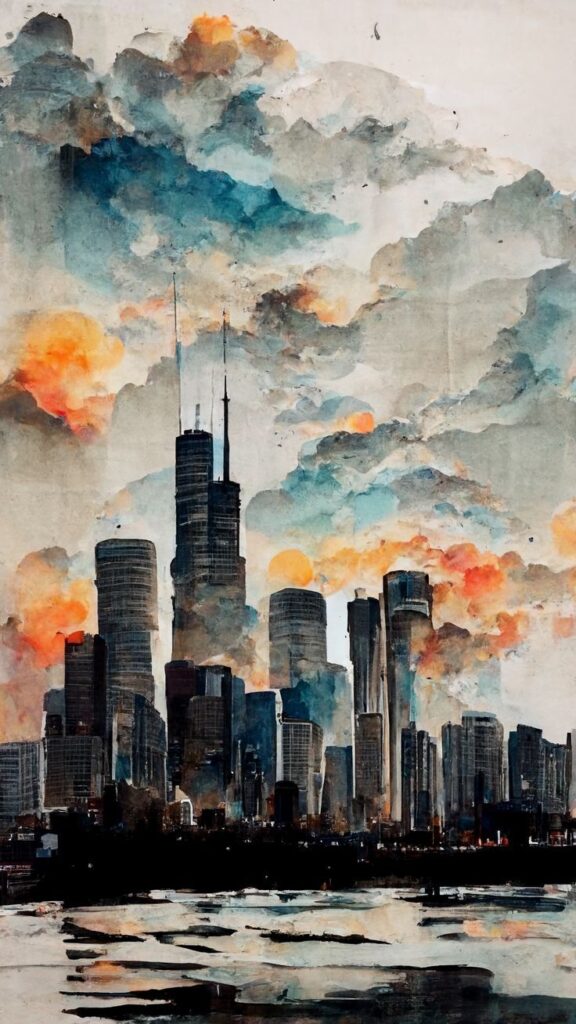
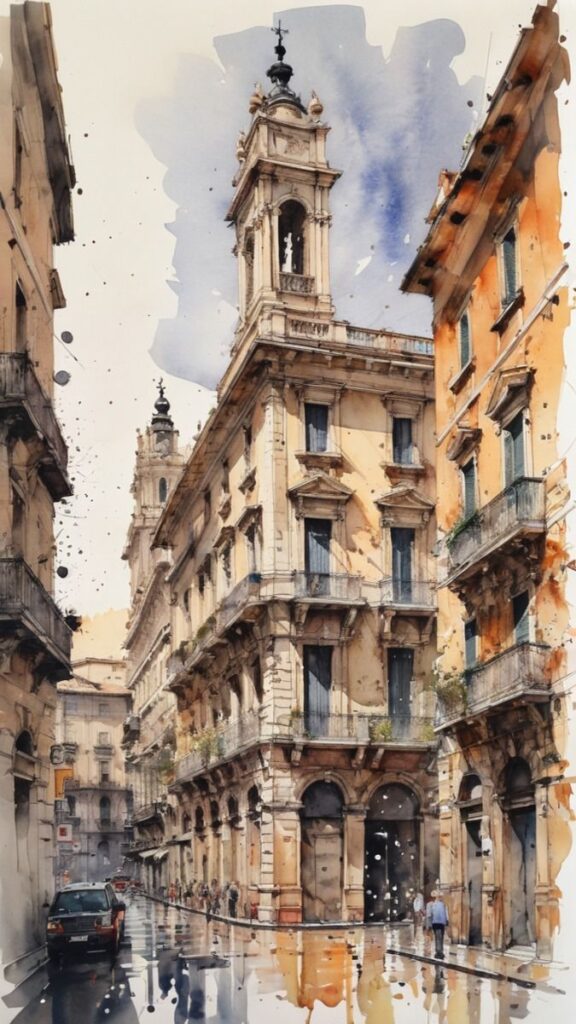
Cities, with their bustling energy and distinct architecture, provide endless inspiration.
- Street Scenes and Alleyways: Focus on a particular building façade, a charming café, or a quiet alleyway. Simplify details; you don’t need to paint every brick. Use washes to suggest larger forms and then add a few crisp lines for windows, doors, or street signs.
- Skylines and Bridges: Capturing the silhouette of a city skyline at dusk or the elegant arch of a bridge can be very rewarding. Use atmospheric perspective – lighter, bluer tones for distant elements and warmer, more saturated colors for closer objects.
When painting urban scenes, consider your focal point. What drew your eye to this particular scene? Emphasize that element and let the rest fade into suggestion.
Iconic Structures: Painting Landmarks with Character
From grand cathedrals to quaint cottages, architecture has a story to tell.
- Local Landmarks: Your own city or town likely has buildings with character. A historic library, a charming storefront, or even your own home can be a wonderful subject. This is an opportunity to explore the details that make these structures unique. When considering the details of a home, even aspects like the advantages of choosing custom windows for Sydney homes can inspire an appreciation for architectural nuances that translate into art.
- Dream Homes and Fantasy Castles: Don’t limit yourself to reality! Imagine a fantastical treehouse, a futuristic city, or a cozy hobbit hole. Watercolor’s dreamy quality can perfectly capture these imaginative worlds.
For architectural subjects, a light pencil sketch can be very helpful to establish your lines and perspective before you apply paint. Then, use washes to create the larger forms and shadows, adding details with a finer brush once the initial layers are dry.
Fun & Functional Art – Small Projects & Gifts
Not every painting needs to be a large, framed artwork. Watercolors are fantastic for creating small, delightful items that can be shared or enjoyed in everyday life.
Greeting Cards & Gift Tags: Personalized Touches
Homemade cards add a personal touch that store-bought ones can’t match.
- Simple Motifs: Paint a small floral design, a celebratory balloon, or a tiny landscape on a folded card.
- Abstract Backgrounds: Create a beautiful watercolor wash as a background, then add a hand-lettered message or a small illustration on top.
- Seasonal Themes: Little pumpkins for autumn, snowflakes for winter, or bright flowers for spring can adorn your cards.
Gift tags are even quicker! A tiny splash of color or a miniature drawing can elevate any present.
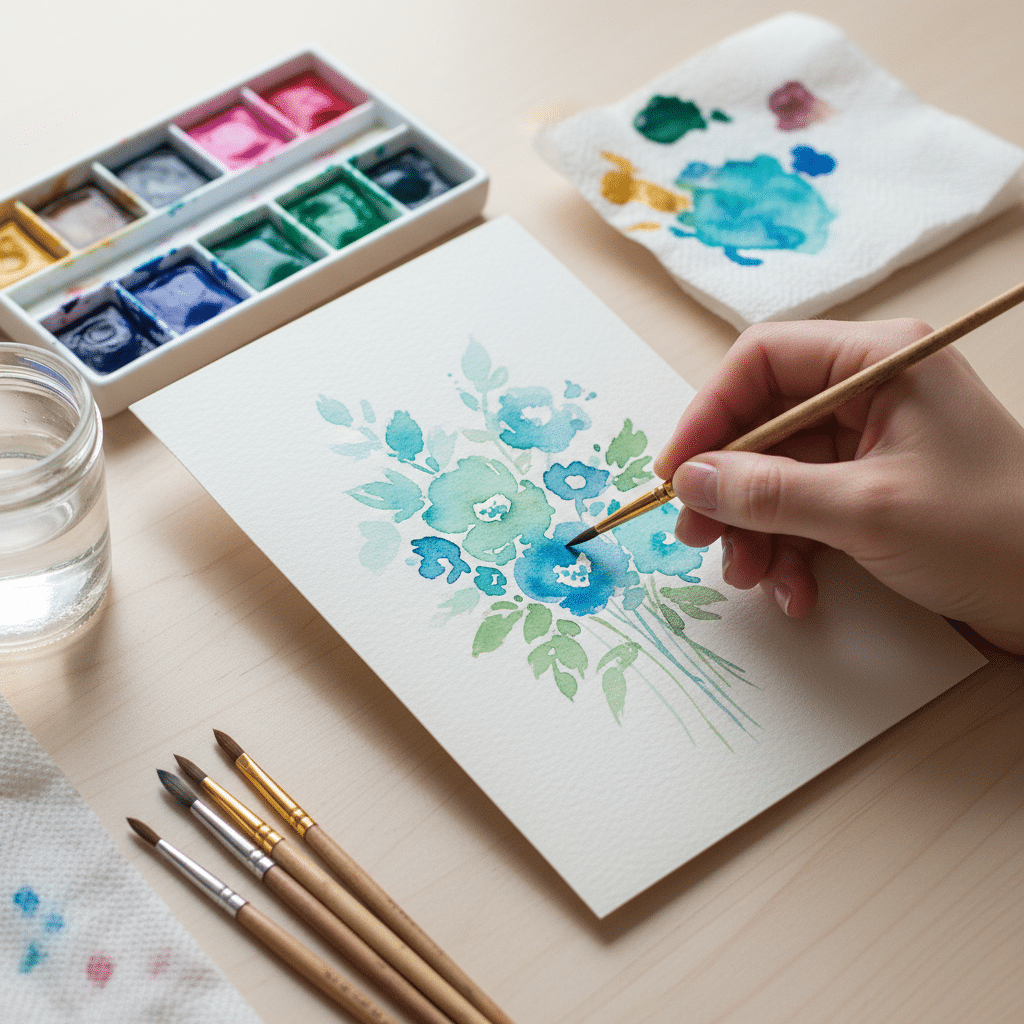
Bookmarks & Miniatures: Quick & Satisfying Art
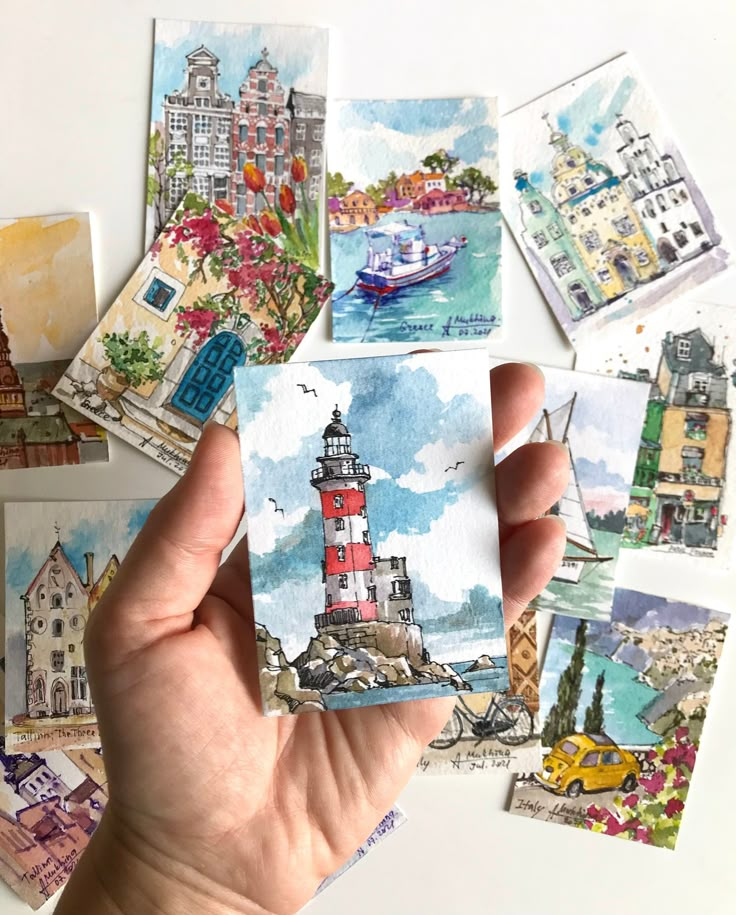
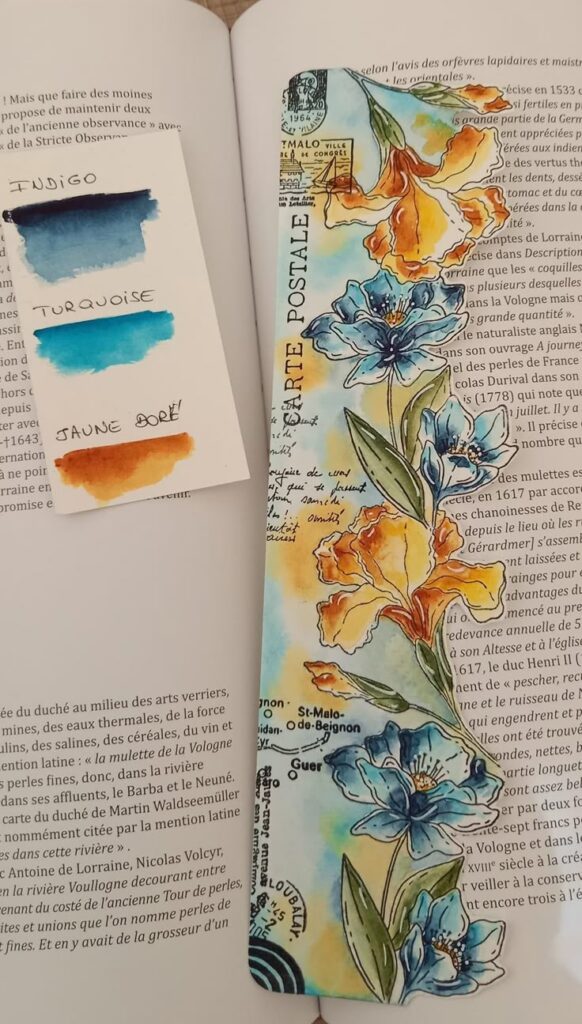
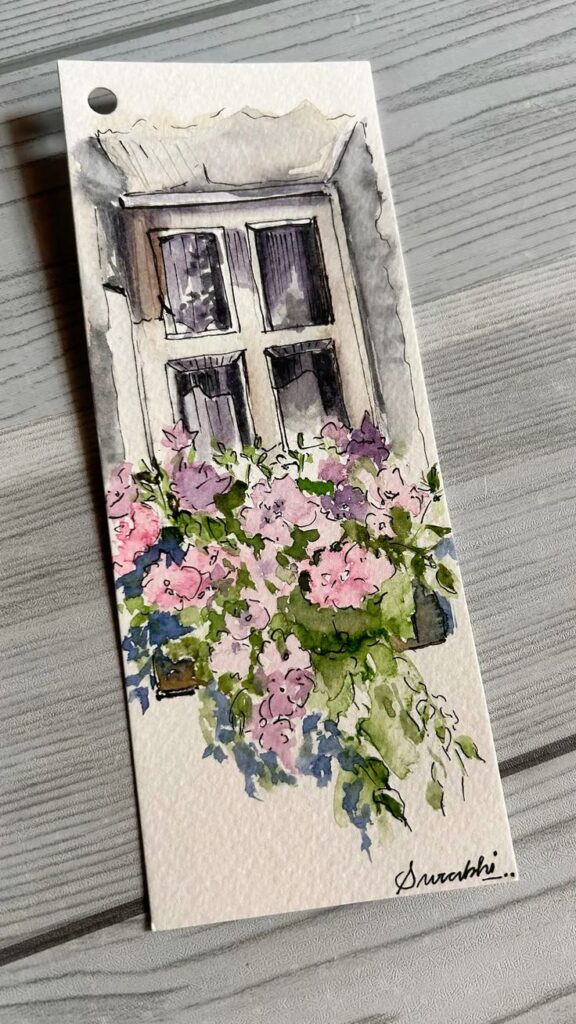
These tiny canvases are perfect for quick bursts of creativity.
- Nature-Inspired Bookmarks: Paint a single feather, a small cluster of leaves, or a stylized tree on a strip of watercolor paper.
- Abstract Minis: Experiment with small abstract color studies. They’re great for practicing new techniques without committing to a large piece.
- Miniature Scenes: Try painting tiny landscapes, portraits, or still lifes. These are wonderful for developing fine motor control and attention to detail.
Miniature art is incredibly satisfying because you can complete a piece relatively quickly, giving you a boost of creative confidence.
Abstract Backgrounds for Calligraphy: Combining Art Forms
If you enjoy lettering or calligraphy, watercolor backgrounds can make your words pop.
- Soft Color Blends: Create gentle gradients or layered washes that complement your chosen ink color.
- Textured Washes: Experiment with salt or alcohol effects in your background for added visual interest beneath your elegant script.
This fusion of art forms creates beautiful, personalized pieces, whether for quotes, invitations, or art prints.
Mastering Fundamental Techniques for Any Subject
No matter what you choose to paint, a solid grasp of basic watercolor techniques will make your creative journey much smoother and more enjoyable. These techniques are the building blocks for bringing any of the above ideas to life.
Washes: The Foundation of Watercolor
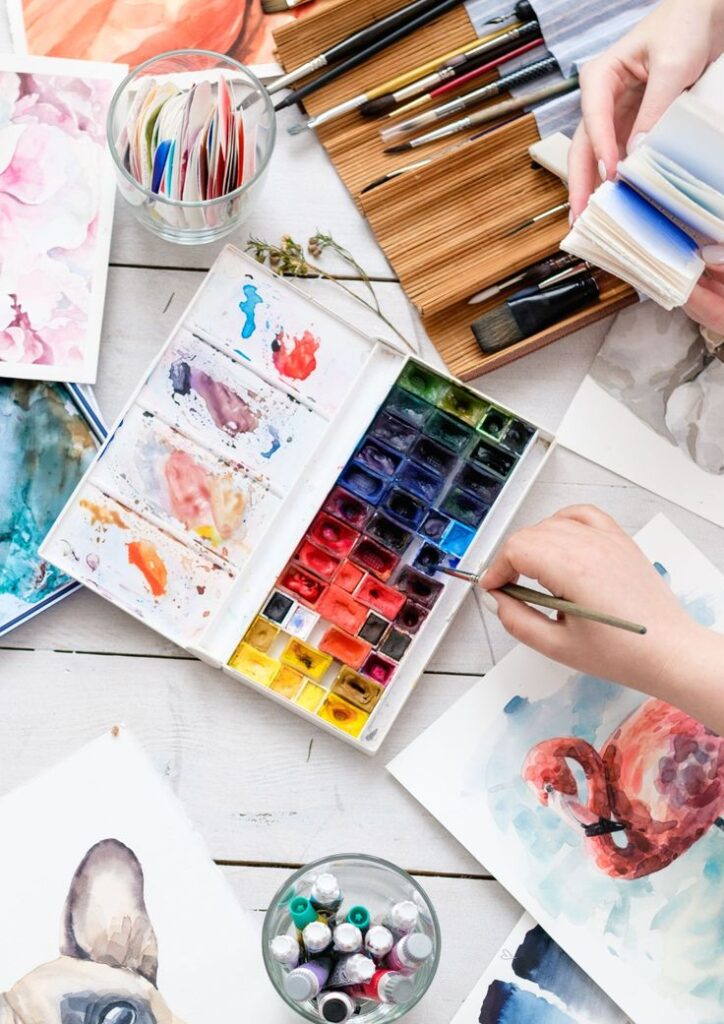
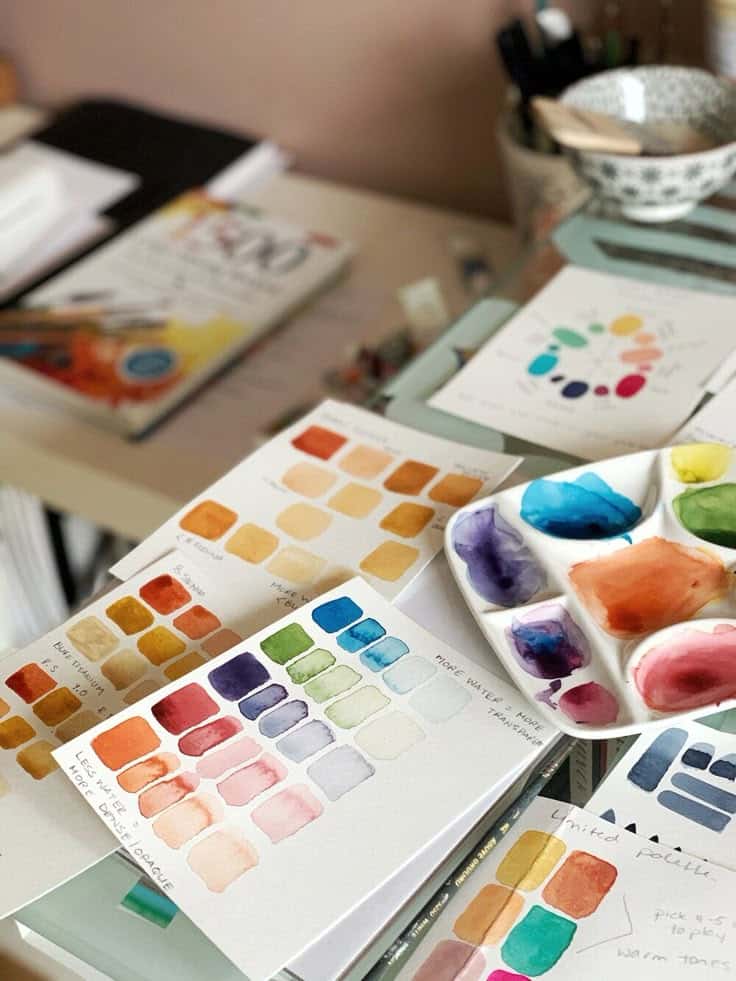
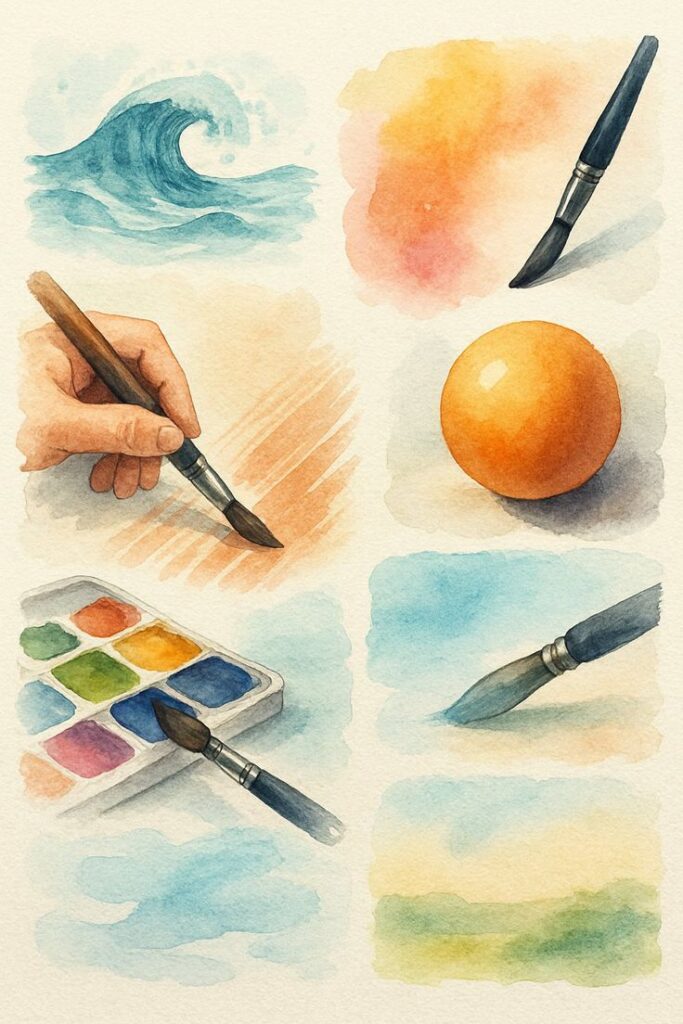
Washes are simply diluted pigment applied evenly over an area.
- Flat Wash: An even, consistent layer of color. This is great for skies, large background areas, or solid objects. Practice maintaining an even wet edge to prevent streaks.
- Graded Wash: A wash that transitions smoothly from dark to light, or from one color to another. Perfect for sunsets, sunrises, or creating a sense of depth.
Wet-on-Wet: For Softness and Blending
This technique involves applying wet paint onto wet paper or a wet wash.
- Soft Edges: Colors will spread and blend softly, creating a dreamy, ethereal effect. Excellent for clouds, water reflections, or soft floral petals.
- Color Mingling: Drop different wet colors into a wet area and watch them fuse. This creates beautiful, unpredictable blends and textures.
Wet-on-Dry: For Crispness and Detail
Applying wet paint to dry paper gives you crisp, defined lines and shapes.
- Sharp Details: Ideal for adding outlines, small textures, fine lines on buildings, or intricate patterns on leaves.
- Layering: Once a layer is completely dry, you can paint another layer on top without disturbing the first, building up depth and intensity.
Lifting: Creating Highlights and Texture
Lifting involves removing paint from the paper to create lighter areas or texture.
- Damp Brush Lift: While the paint is still wet, gently blot or lift paint with a clean, damp brush.
- Dry Brush Lift: Once dry, you can sometimes lift a small amount of paint with a clean, damp brush or a soft eraser for subtle highlights or to correct small mistakes.
- Blotting: Use a tissue or paper towel to dab wet paint for instant highlights or cloud effects.
Layering: Building Depth and Richness
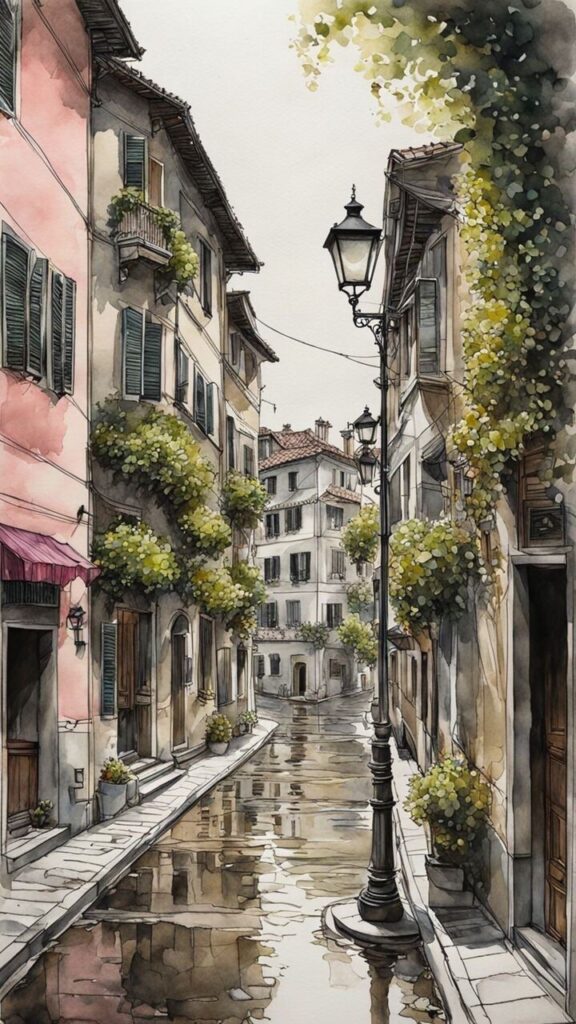
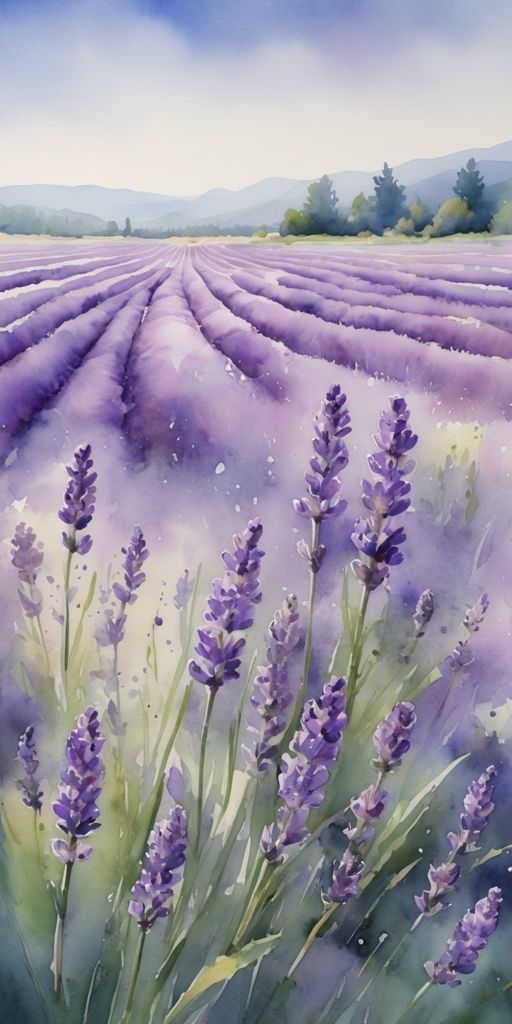
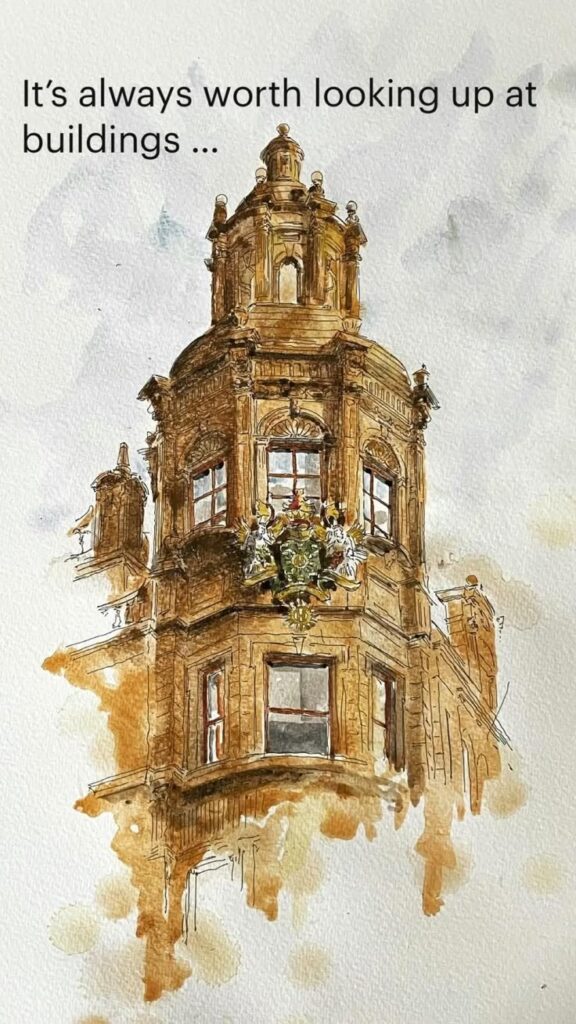
Watercolor is all about transparency, and layering is how you achieve depth.
- Glazing: Apply thin, transparent washes over dried layers. Each new layer adds to the color’s richness and modifies the hues beneath without completely obscuring them. This is crucial for creating luminous effects and complex color mixes.
- Building Values: Start with very light washes and gradually add darker layers to build up shadows and forms. Remember the light-to-dark rule!
Practicing these basic techniques on scrap paper before tackling a full painting will build your confidence and give you a better understanding of how your paints and paper interact. Don’t underestimate the power of a few daily sketches to hone these skills; for more ideas, check out these 5 daily sketch ideas to keep your creative momentum going.
Overcoming Common Watercolor Hurdles
Every artist faces challenges, especially when learning a new medium. Watercolors have their quirks, but understanding them can help you turn potential frustrations into opportunities for growth.
- Water Control is Key: Too much water, and your paint will be pale and runny. Too little, and it will be dry and hard to blend. Practice finding the right ratio of water to pigment. A good rule of thumb: for a rich wash, your brush should be visibly wet but not dripping.
- Pigment Saturation: Don’t be afraid to use enough pigment. Sometimes, beginners are too timid, resulting in very faint paintings. While transparency is a hallmark of watercolor, you can still achieve vibrant, rich colors by loading your brush with more paint.
- Patience for Drying: Watercolors need to dry! Rushing a second layer onto still-damp paper can lead to muddy colors or unintended blends. Learn to love the drying process and use it to your advantage (e.g., letting areas dry for crisp edges).
- Embracing “Happy Accidents”: Unlike oil or acrylics, watercolor is less forgiving of “undoing” things. However, this also forces you to adapt and embrace unexpected outcomes. A bloom that wasn’t planned can become a beautiful cloud, or a spontaneous blend can add character. Many watercolorists discover their unique style through these happy accidents.
Remember, practice is paramount. The more you paint, the more intuitive these techniques will become.
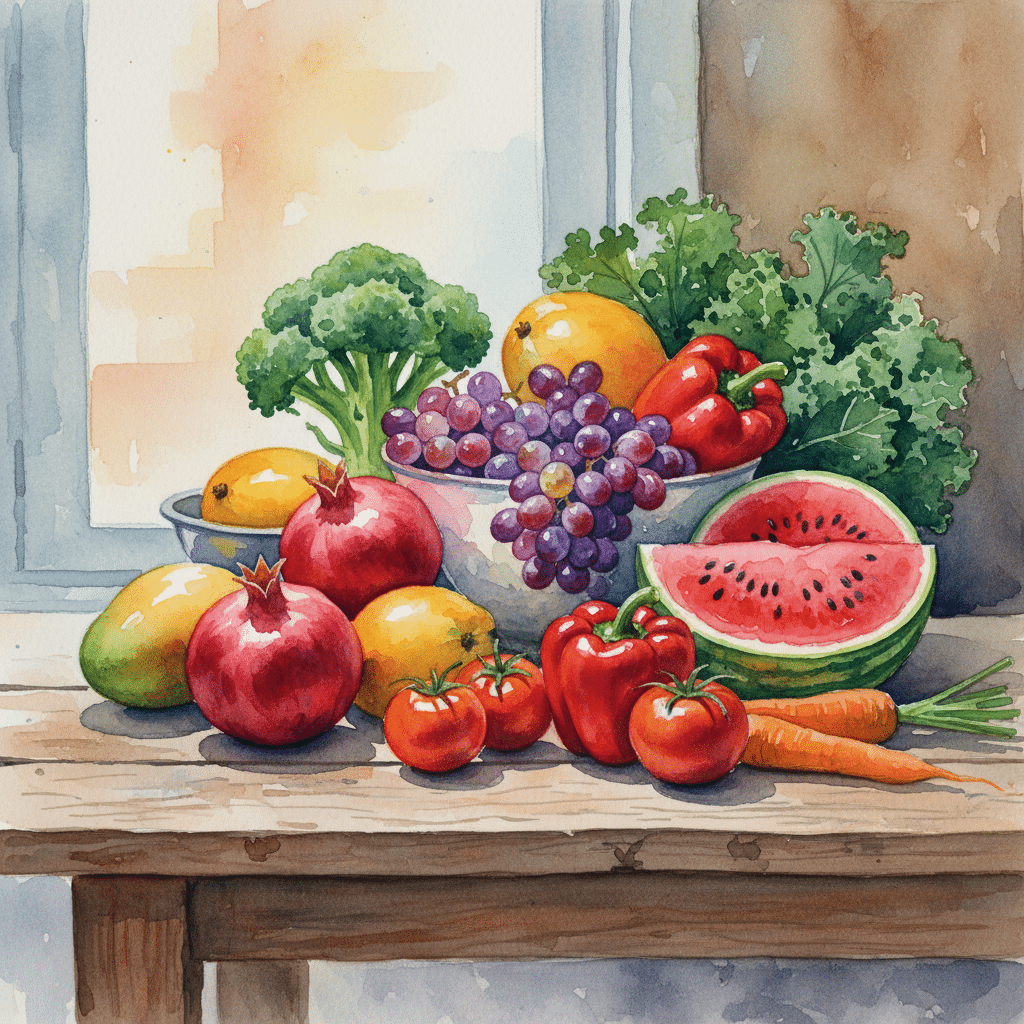
Ready, Set, Paint!
The world is your oyster when it comes to what to paint with watercolors. From the sweeping grandeur of landscapes to the intimate details of a still life, from the boundless freedom of abstract expression to the charming lines of urban scenes, there’s a subject for every mood and skill level. Watercolors, with their luminous transparency and fluid nature, offer a unique way to see and interpret the world around you.
Don’t let the fear of a blank page hold you back. Grab your brush, your palette, and some paper, and just begin. Start with something simple, observe the way the colors dance and blend, and most importantly, have fun with the process. Your personal style will emerge as you explore and experiment. The most rewarding part of watercolor painting isn’t just the finished piece, but the joyful journey of creation itself. So, what will you paint first?
Frequently Asked Questions
What are the best watercolors for beginners?
For beginners, pan sets or student-grade tube paints are excellent. Brands like Winsor & Newton Cotman, Sakura Koi, or Grumbacher Academy offer good pigment quality at an affordable price. A basic set with 12-24 colors is usually sufficient to start.
How do I control water in watercolor painting?
Controlling water is crucial. Practice by experimenting with different amounts of water on your brush and seeing how it affects the pigment on your paper. A damp sponge or cloth is essential to remove excess water from your brush. Remember, less water for crisp details, more water for softer washes.
Can I mix watercolor with other mediums?
Yes! Watercolors are often combined with other mediums. You can use pen and ink for outlines and details, colored pencils for subtle textures, or even gouache (opaque watercolor) for highlights or more opaque areas. Just ensure your watercolor layers are dry before adding other mediums.
How long does watercolor paint take to dry?
Drying time depends on several factors: the amount of water used, the thickness of the paint layer, the type of paper, and the humidity of your environment. Thin washes on absorbent paper can dry in minutes, while thick, wet-on-wet areas can take longer. Patience is key!
What kind of paper should I use for watercolors?
You’ll want to use watercolor paper, which is specifically designed to handle water without buckling or tearing. Look for paper that is at least 140 lb (300 gsm). Cold press paper has a textured surface, great for beginners, while hot press is smoother, ideal for detailed work.
Is it okay to make mistakes in watercolor?
Absolutely! Mistakes are a natural part of the learning process in any art form, especially with watercolors. Instead of seeing them as errors, view them as “happy accidents” or opportunities to learn and adapt. Sometimes, an unexpected blend or bloom can lead to a unique and beautiful effect.
How can I find inspiration for my watercolor paintings?
Inspiration is everywhere! Look at nature (landscapes, flowers, animals), everyday objects (still life), photos you’ve taken, or even abstract concepts like emotions or music. Start with subjects you genuinely love or find interesting. Online galleries, art books, and even a simple walk outside can spark countless ideas.
- 35shares
- Facebook0
- Pinterest35
- Twitter0
